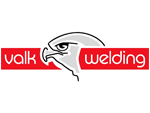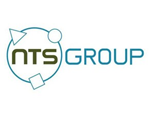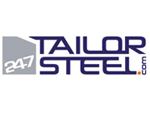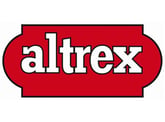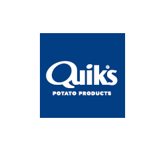'Making IoT applications for our manufacturing customers’
Rick van de Kuilen has been working at Togetr since September 2022. I interviewed him to introduce a new face behind Togetr's software development to a wider audience.
Togetr's software development to a wider audience.
Rick, you have been working at Togetr for almost a year, why did you choose Togetr at the time?
I studied Information Technology at the CHE (University of Applied Sciences Ede, The Netherlands) and did my graduation project at Togetr with a student team in the spring of 2022. It was a successful innovative project and I knew where I would want to start my career: an innovative software company with an open atmosphere and nice people. Moreover, at Togetr there is little hierarchy and the communication lines are short.
There are quite a few substantive challenges at Togetr, what makes you most enthusiastic?
The possibilities of the Internet of Things! A good example of this is what that means for our Digital Factory product. An important part of this is the digital work instruction for the manufacturing operators. With IoT you can make a link between the work instruction and the measuring equipment with which an operator works. An operator is asked to perform all kinds of measurements while carrying out the work instruction. In factories, it quite often is common to manually note down measurements on paper lists or enter them into Excel files. This ofcourse can be time-consuming and prone to errors. I think it's great that customers can automatically process this data in Togetr Digital Factory via our IoT framework.
I can imagine that this is easier said than done...
Yes, indeed! One of the challenges you run into is that there is hardly any standardization at this point. There is a large number of different types of measuring equipment and machines and they all have their own data structure, communication protocol and export formats. If we want to process all these measurements automatically in our Digital Factory application, a conversion must first take place.
Customers can automatically process measurement data
in Togetr Digital Factory via our IoT framework.
OK, sounds interesting... Can you elaborate on how this works in practice?
We work with an open source IoT framework that on the one hand 'talks' to all measuring equipment. And on the other hand, transmits the data in the correct format to Togetr Digital Factory. The great thing is that ICT / application administrators of our customers can link the measuring equipment and machines themselves to this IoT framework. We can of course help with the setup, but the mapping of the measured values on the Togetr Digital Factory data structure is quite easy to do.
What does an operator on the shop floor notice?
Well I think this will boost operator work satisfaction! I can imagine that measuring and processing measurements is not necessarily the most fun job to do. But with our IoT solution, all the necessary measured values will automatically arrive at the right order at the push of a button. This saves a lot of time per measurement and the chance of errors in input is zero. If the customer requires a digital passport to be included, this will also be automatically updated of course.
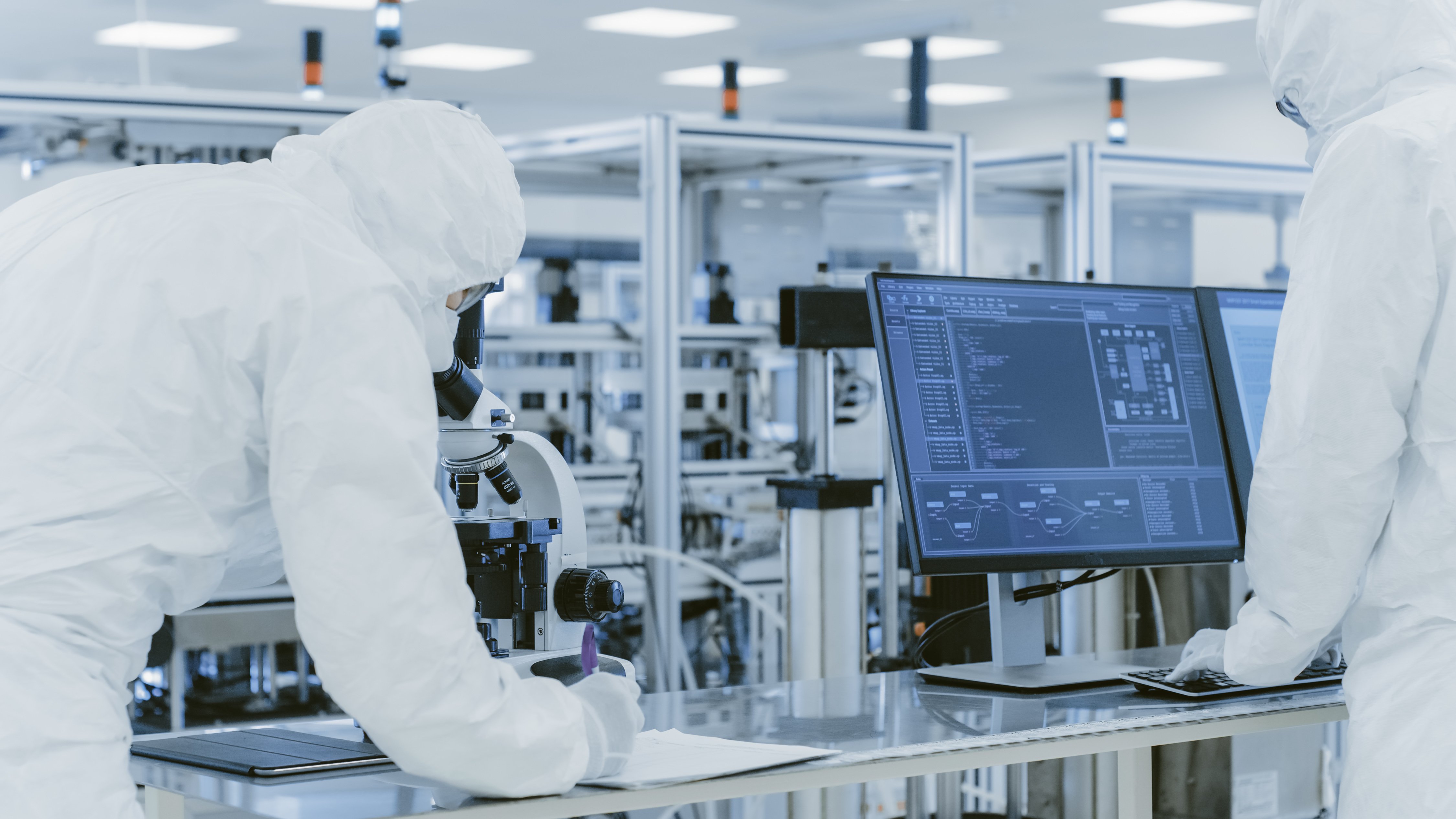
In addition to saving time and higher data quality, do you see even more advantages?
What we see is that customers also want to manage their equipment digitally. They call it Asset Management. To implement the IoT solution it is a prerequisite to register all equipment in Digital Factory so that you can link it to the measurements they generate. Next to this benefit, I think that something like energy consumption is becoming increasingly important. With IoT applications you get a lot of data available, including energy consumption. If you set up an energy savings program to be able to produce CO2 neutrally, measuring energy consumption is the first important step toward that goal. Then you can look at where and how you can save energy in the factory.
Laatste vraag. Stel je bent directeur of manager van een fabriek en je wil hiermee aan de slag. Hoe zou jij het dan aanpakken?
Ik neem even aan dat onze Digital Factory module er draait. Ik zou dan een meetinstrument pakken die nu een bottleneck in het werkproces is. Een die bijvoorbeeld veel data genereert die vervolgens handmatig moet worden over geklopt. Deze zou ik dan gaan koppelen aan het open source IoT framework. Zorgen dat de data daar kan worden binnengehaald. Vervolgens in Digital Factory het meetinstrument aanmaken en dan de mapping inregelen. Dus: welke data vanuit het meetinstrument hoort bij welke meetwaarde in Digital Factory. Als dat klaar is kan de data uitwisseling worden ingeregeld, afhankelijk van het communicatieprotocol van het meetinstrument. In principe kan vanaf dat moment tijdens het uitvoeren van de werkinstructie de meetwaarden worden opgehaald en worden verwerkt bij de order die op dat moment wordt uitgevoerd. Echt gaaf om aan te werken dit, want de impact voor onze klanten is groot!
One last question. Suppose you are the director or manager of a factory and you want to get started with this. How would you begin?
I assume that our Togetr Digital Factory module is running there. I would then pick up a measuring instrument that is now a bottleneck in the work process. One that, for example, generates a lot of data that then has to be manually entered on paper or in Excel. I would then link this instrument to our open source IoT framework. Just make sure that the data can be retrieved there. Then create the measuring instrument in Digital Factory and then adjust the mapping. So: which data from the measuring instrument belongs to which measurement value in Digital Factory. When this is done, the data exchange can be adjusted, depending on the communication protocol of the measuring instrument. In principle, from that moment on, the measured values can be retrieved during the execution of the work instruction and processed with the order that is being executed at the same moment. It's pretty cool to work on this, because this has a huge impact on the performance of our customers!
Read more on Togetr Smart Manufacturing.
